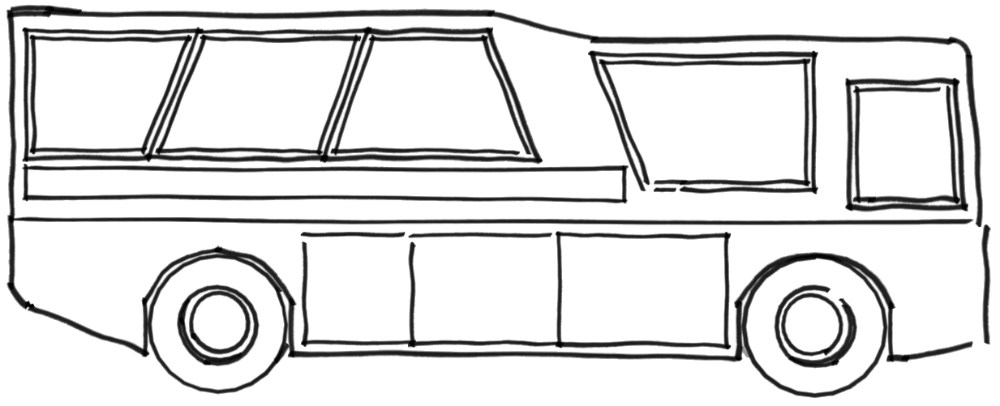CHINA – Shenzhen
battery factory, songshan lake, and drunk bowling
On our way to Shenzhen, our bus stops at Amperex, a factory that makes batteries for iPod and iPhones. It’s probably the nicest factory we’ve visited. The dining hall serves some pretty good food. And the living quarters are like very basic college dorms. It’s a big complex. The dorms are six stories high and there are several of them. The thin concrete balconies are like outdoor closets. Everyone’s laundry hangs on lines outside.
In China, working at a factory isn’t someone’s job. It’s their whole life. They work there. They eat there. They sleep there. Repeat. Imagine never going home after a long day of work. Vacations, like the one we’re on, don’t exist because the small wages they do earn are usually sent back home to their families. It’s like living on campus in college, but with twice as many people in your dorm. And instead of classes, you do manual labor, and instead of homework, more manual labor. Often it’s a 12 hr work day. For recreation, there’s usually an onsite badminton or basketball court, and maybe a ping pong table or some brightly-colored exercise equipment.
The rain pounds loudly on the pavement outside as we try to listen to a young man with a very obvious hickey welcome us to the factory. He tells us to put on blue jackets and hats. We look like train engineers. Hickey man says they have to keep the facility clean. As we walk through the multi-floor assembly line, he explains how the foil is painted black, then cut, then fastened with strips, injected with electrodes, and finally baked like a chocolate chip cookie before it’s ready to be tested. At least that’s what I remember. They wouldn’t let us take pictures.
In the conference room, Robin Zeng, the CEO, confesses it takes about $4 US to make a battery for an iPhone, and yet they retail for $87.50. He says, however, 25% of his profit goes directly to the Chinese government for taxes.
Down the road near Songshan Lake, we watch a video presentation about the development of a new industrial park. It’s less park, and more industrial city, with universities, residences, hotels, factories, “touristy” areas… The video is a little much. It starts out with text like a Star Wars movie, and ends with a fireworks display. The speaker tries to convince us it’s the coolest industrial park ever, with sustainable practices and more onsite facilities for the workers, but we’re not as easily swooned as he hopes.
At night, there’s a lot of ganbei-ing with the Shenzhen government officials, who treat us to dinner in our hotel banquet room. Ganbei is like saying “bottoms up” or “cheers.” It literally means “dry glass.” When you say it, you stand up and down your glass completely. Usually the glasses aren’t filled very full. Usually. They pour us full glasses. And there’s lots of standing up and cheers-ing. I remember that much. I also remember crawling out of an elevator, and then all of us deciding it’d be a good idea to go bowling. It’s a fun night with the group.
DAY 28 June 15
last day on mainland china
In the morning, we stop at the Humen Naval Battle Museum, which displays reenactments from the Opium Wars using props and bloody mannequins. Part of the exhibit is an anti-drug campaign. One sign warns us that drugs are more dangerous than a “tig” (tiger). Another exhibit is named, “The Handing Back of Hong Kong Avenges the Hundred Year Insult at China,” which is referring to the UK handing over Hong Kong back to China. Next to the display is a portrait of Queen Victoria with a placard describing her as “fond of eternal colonial expansion.”
Across the street on the banks of the Pearl River is the remnants of the Weiyuan Fort. Thick clumps of tree roots erode away the block walls. We use the ramparts and iron canons as a backdrop for a spur of the moment photoshoot. Jumping in the air pictures, album cover pictures, pictures with canons, pictures on top of canons. And then we head to the Dafen Oil Painting Village.
I don’t know if I’d describe it as a village. It’s more like a neighborhood or district in a suburb of Shenzhen. Streets are filled with oil paintings, and most shops are part gallery, part studio. It’s like walking through an Art 101 syllabus. Each gallery mimics a different famous artist. Only a few make originals. There’s a really good Van Gogh imitator that I buy a framed canvas from. Not sure how I’m going to pack that one in my suitcase.
I buy one painting right off of the easel. It’s not finished, the artist explains as he points to the more literal depictions of Zhangjiajie National Park he’s completed. But I like it better as outlined forms and shadows, rather than a realistic imitation of the photograph pinned to his easel. The painter laughs and thinks I’ve lost my mind, but places a plastic sheet on top and rolls up the canvas.
Dr. Wang’s friend, Steve Cheung, is our speaker at dinner tonight. In addition to being an economist, Steve’s a restauranteur. We munch on panko-fried oyster lettuce wraps at Steve’s place while we listen to him discuss China’s economy and some observations he’s made about life. He’s very animated and interesting to listen to. He doesn’t sugar coat anything. You might say he’s even borderline offensive, but he tells you how it is. He talks about a shift from government-owned to privately-owned industries and Shanghai becoming a bigger economic center than Hong Kong.
DAY 29 June 16




